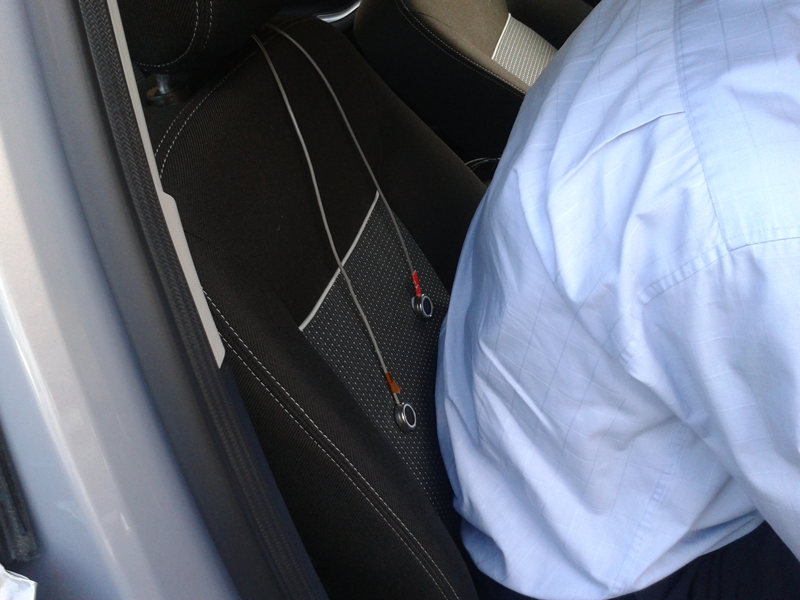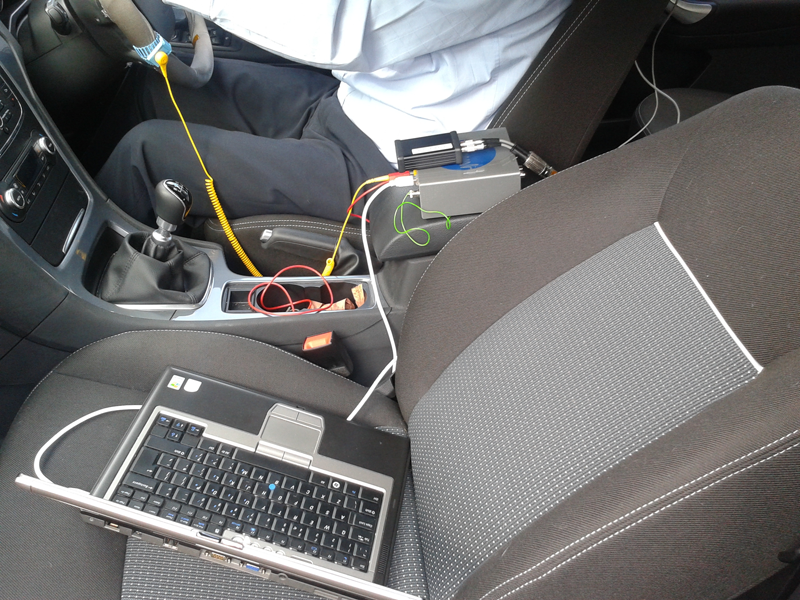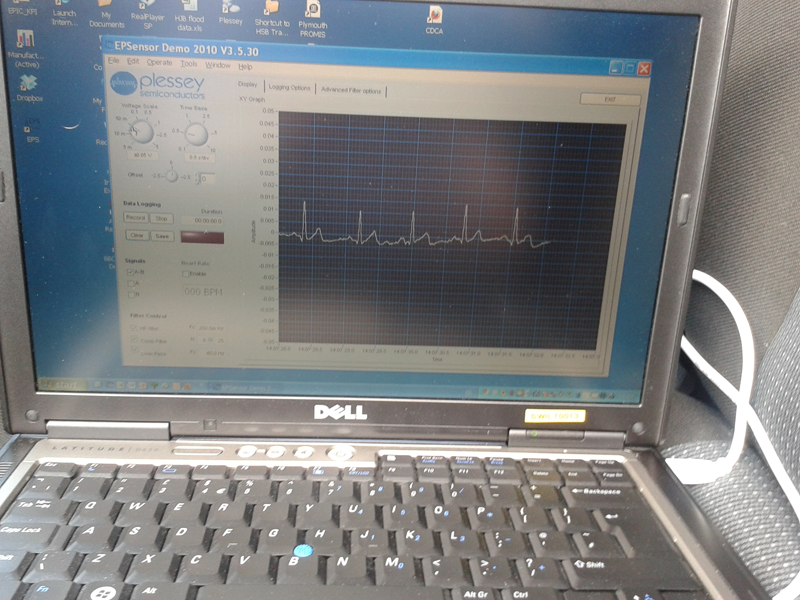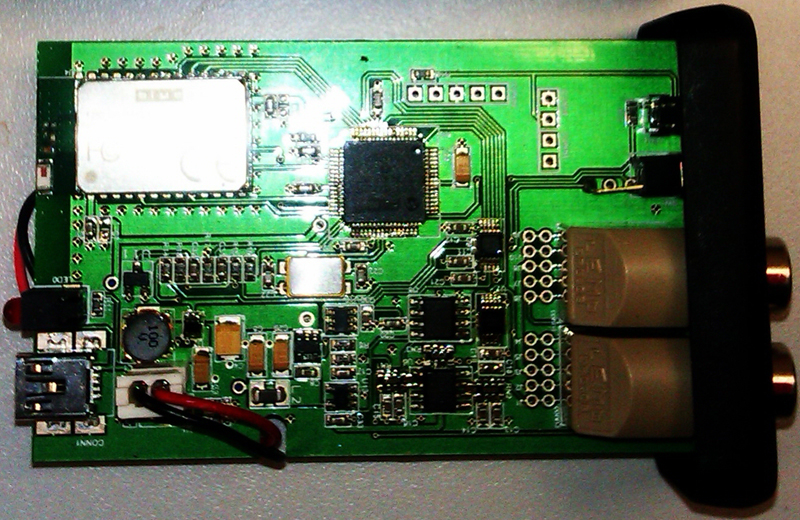Author:
Shrijit Mukherjee, Sensor Applications Engineer - Robert Breakspear, Principal Applications Engineer - Sean D Connor, Applications Engineering Manager, Plessey Semiconductor
Date
08/19/2012
EPIC (Electric Potential Integrated Circuit) is a very-high-impedance electric-field sensor that measures the ambient electric field with minimal disturbance. EPIC sensors are suitable for applications that depend on the measurement of the change in the ambient E-field. One EPIC application relates to non-contact measurement of ECG (electrocardiogram) signals from a car's driver, with a wireless interface that allows continuous monitoring of the driver's health. Recent developments have resulted in a reliable technique for measuring the ECG through clothing, by means of sensors embedded in the drivers' car seat. A Bluetooth interface transmits data to a monitoring system or a mobile phone or tablet. The receiving system may monitor the data in real time or subsequently send it over mobile or cloud-computing networks for analysis. Consider the EPIC sensor as a near-perfect voltmeter, which exhibits almost no loading affect to the signal it measures (Figure 1). The probe electrode does not require an ohmic contact with the subject's body, making the setup inherently electrically isolated. The EPIC product line includes sensors with bandwidths in the range of ~0.01 Hz to 100 kHz. This bandwidth is controllable either during the application-specific design stage or by changing external components. The sensor's AC operation makes it insensitive to static electric fields, which include earth's electric field. This ensures stable operation over its entire operating frequency. For the spatial measurement of cardiac signals, the electrical activity of the human heart results in a well characterised ECG signal, readily detectable by suitable capacitively-coupled sensors. Off-body ECG measurement using a differential pair of sensors with some additional circuitry has been tested with an in-situ driver heart monitoring setup, where the driver's heart rate was monitored whilst driving. A Bluetooth interface wirelessly transmitted the sensor data to a mobile device. This configuration can capture ECG data for heart-rate variability analysis to infer important psychological and physiological information such as levels of driver awareness and fitness to drive.

ECG measurement system ECG measurements usually use a pair of EPIC sensors. The electrodes have a dielectric capping layer, which isolates the subject's body from the sensor and provides a capacitive interface negating the requirement for conventional resistive contact. The sensors can operate through several layers of clothing or across a small air gap. The monitoring-system electronics comprise the differential signal, which passes through amplification stages and feeds through a 50/60 Hz filter to eliminate mains supply signal present in the vicinity (Figure 2). A microcontroller with an ADC input digitises the signal and digitally filters the resultant data stream. At present, the ECG system has both USB and Bluetooth interface to support local and remote data analysis. Figure 3 shows images with the driver inside a car with the sensor and data-acquisition system.




Driven-right-leg approach Movement, artifacts, and environmental noise greatly affect signal quality. When driving the car, the driver constantly makes slight adjustments to limb position and, accordingly, produces motion artifacts. The sensing system has incorporated a DRL (driven right leg) approach to address this issue. A DRL requires feeding back the noise signal to the subject's body in antiphase, which works as a noise cancellation technique. This system uses a conductive fabric around the steering wheel and on the driver seat, with the feedback signal connected to it and thus capacitively coupled back to the driver. This results in an increased dynamic range, which helps both in reduction of the movement artifact and stops the sensors from saturating. The Bluetooth interface for the EPIC ECG sensors is a battery-powered unit with differential input sensor ports, a 14-bit ADC, a high data rate Bluetooth 2.1 module with integrated radio antenna and protocol stack, onboard filtering, and gain blocks (Figure 4). The wireless ECG monitoring system for in-situ driver heart monitoring incorporating novel EPIC sensors provides off-body ECG monitoring, eliminating the need for conventional Ag-AgCl resistive-contact ECG electrodes. Future work will integrate the Bluetooth module and sensor pack into a single unit. www.plesseysemiconductor.com